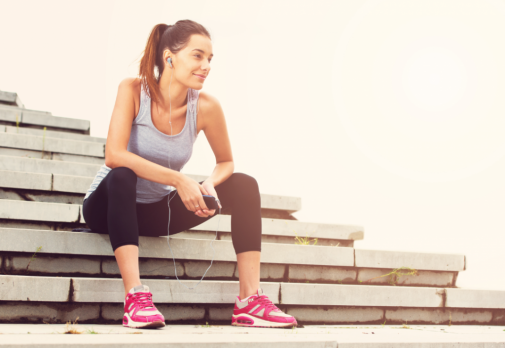Can this physical activity slow brain aging?

People have debated over whether dance is a sport or an art, but new research says dance may also be a therapy.
Recently, a study published in Frontiers in Aging Neuroscience found that dancing slowed down the aging of the brain in adults and increased the integrity of white matter near the hippocampus.
In the study, researchers collected MRI imaging data from adults ranging from 60-79 years old. The imaging was used to trace the effects of six months of lifestyle intervention. The adults were divided into groups of dancing, walking, walking and nutrition and stretching and toning.
After six months, dancing was the only intervention that led to an increase in white matter integrity.
Dr. Aaron Malina, a neuropsychologist at Advocate Condell Medical Center in Libertyville, Ill., states that “engaging in heart healthy behaviors such as dance can help to maintain general brain health and stave off the effects of brain-degenerating diseases.”
Rebecca Atkinson, a personal trainer at Advocate Condell Centre Club, agrees and says, “dance helps to increase coordination, balance and agility, especially in older populations.”
In a study published in the National Center for Biotechnology Information, it was found that in patients with Parkinson’s disease, dancing has improved gait and upper extremities function. The study emphasizes that music stimulates the brain’s reward centers, while dance activates the brain’s sensory and motor circuits.
And professors at the Harvard Medical School found that because dancing uses several different regions of your brain at once, it helps strengthen the nerves that are involved in movement, balance and coordination.
So, put on some music, get groovin’ and dance your heart out; your brain will surely appreciate it.
Related Posts
Comments
2 Comments
About the Author
Shvetali Thatte, a junior at the Illinois Mathematics and Science Academy, is a remote Public Affairs and Marketing intern for Advocate Condell Medical Center in Libertyville, Ill. She spends her time by engaging in clubs and sports at school as well as volunteering at the hospital and nearby tutoring programs. She enjoys spending time with her friends, traveling, and reading. In the future, she hopes to pursue a career in medicine with a focus on public health.

















It would be helpful to have info about what kind of dancing proved effective, plus how long to dance and how often. Can we dance alone, moving arms and legs to music, for about 30 minutes, 5x per week? Could you relate any specifics about what worked (or link to the study results)?
Link to the study results: https://www.frontiersin.org/articles/10.3389/fnagi.2017.00059/full
From the study…
“Dance: This intervention was designed to improve physical fitness as well as aspects of cognition necessary for learning complex social dance sequences in a socially engaging environment. Sessions were conducted in an appropriate dance space and were taught by experienced dance instructors. The choreographed dance combinations became progressively more challenging over the course of the 6-months program. Group social dance styles were selected (i.e., Contra and English Country dancing) to minimize lead-follow roles. Instead, these social dances required participants to move between partners during each dance. Each participant learned and alternated between two roles for each dance, increasing the cognitive challenge.”